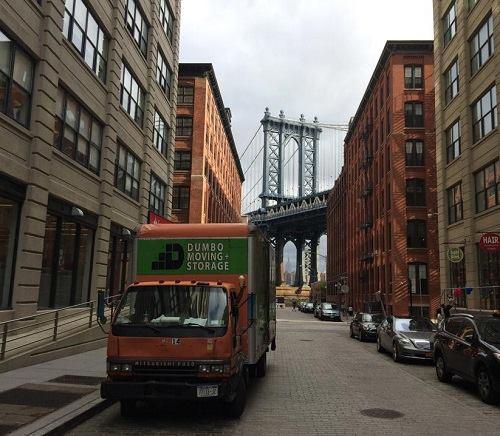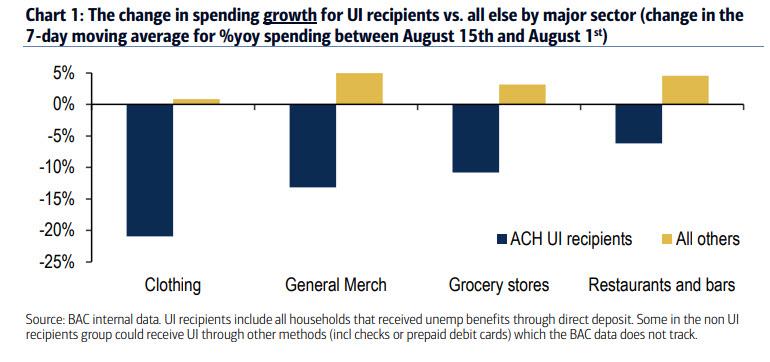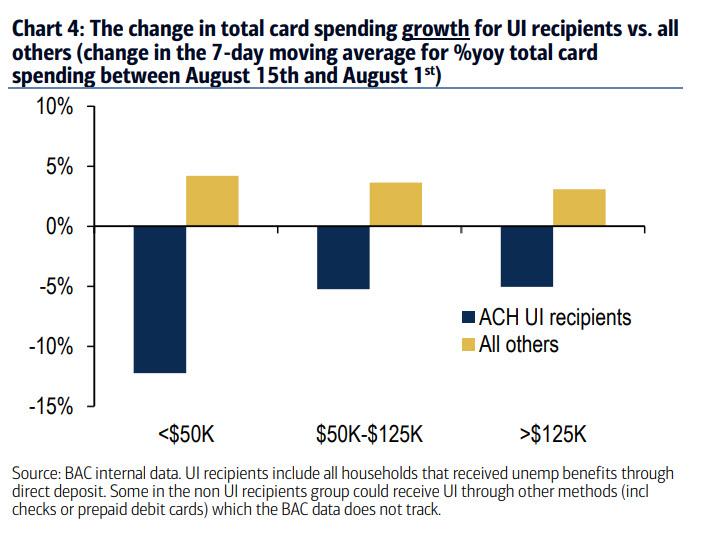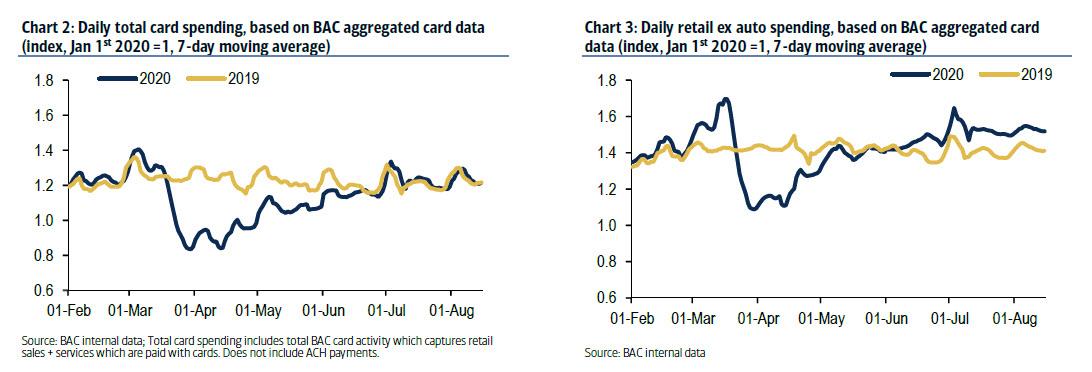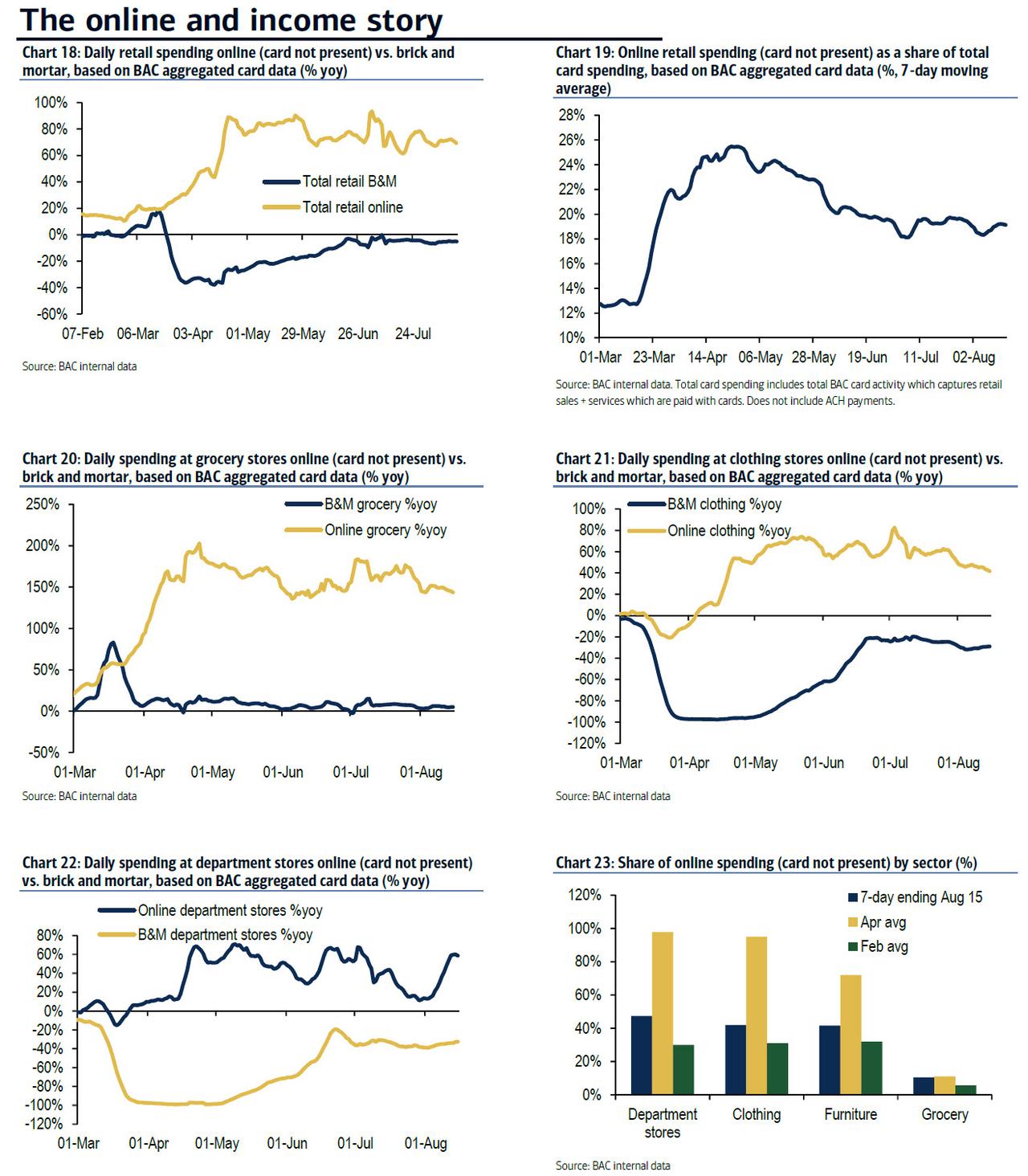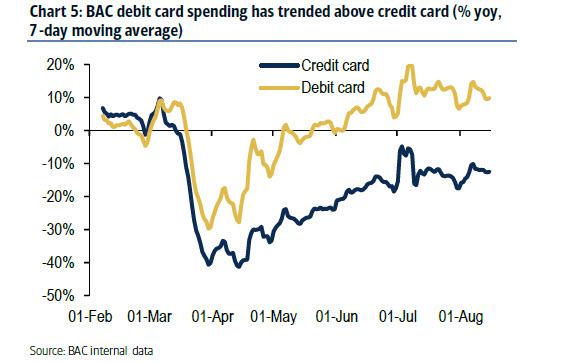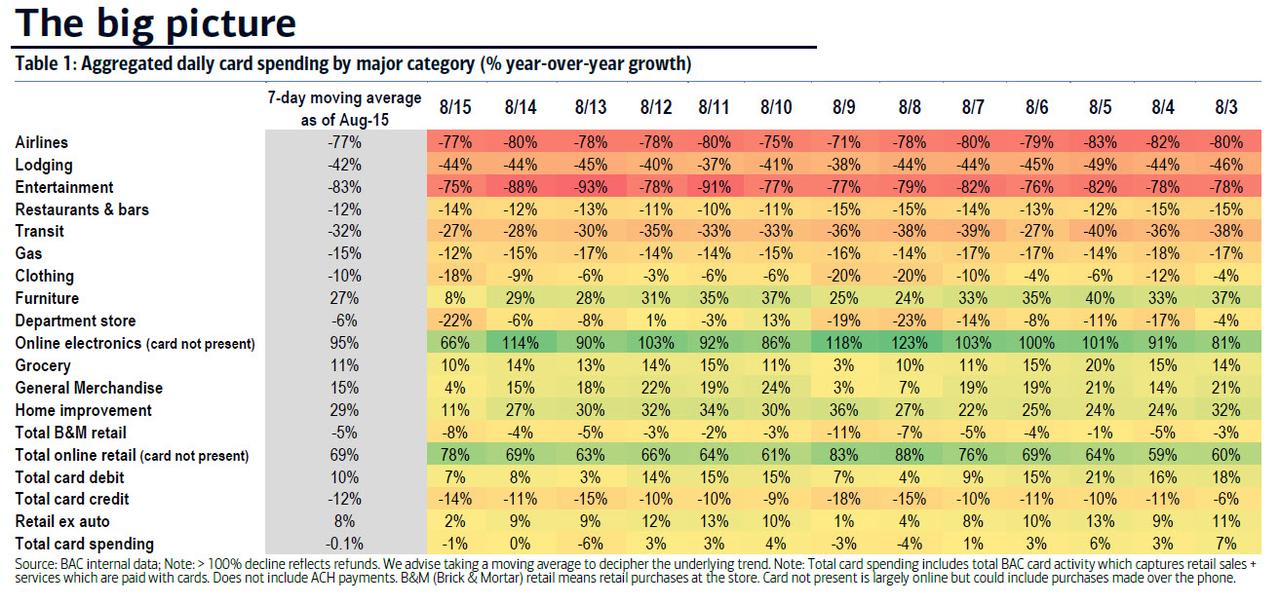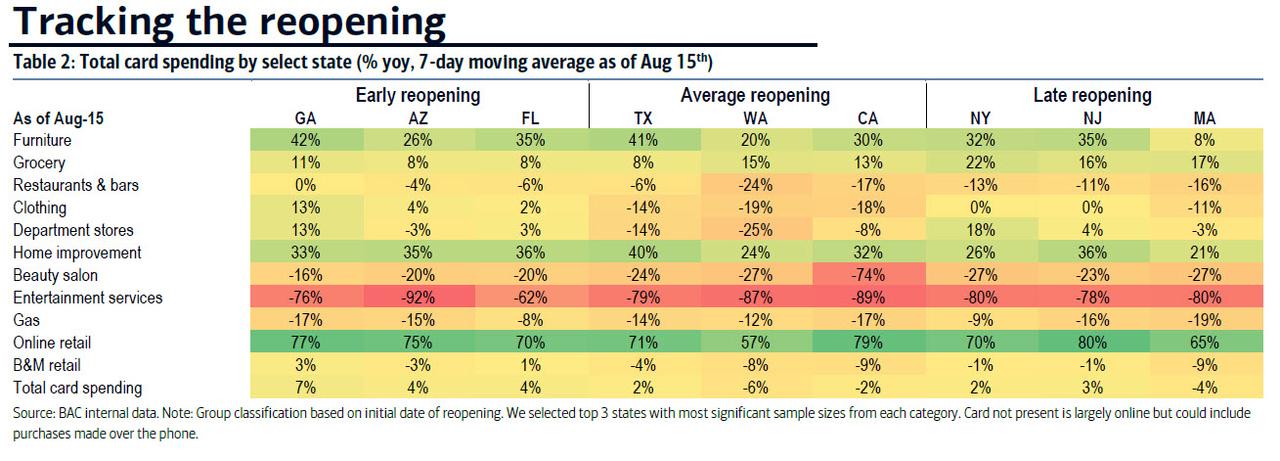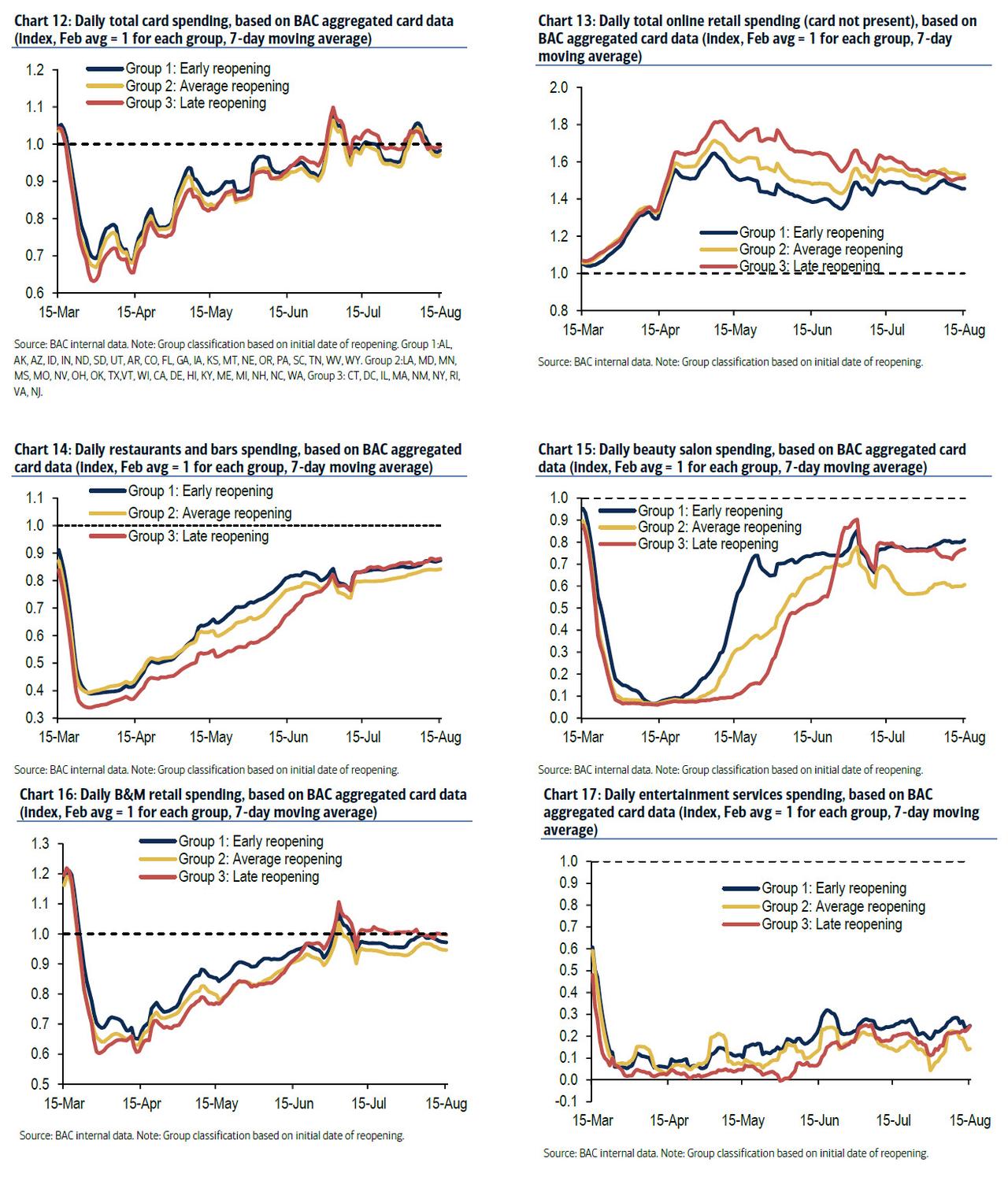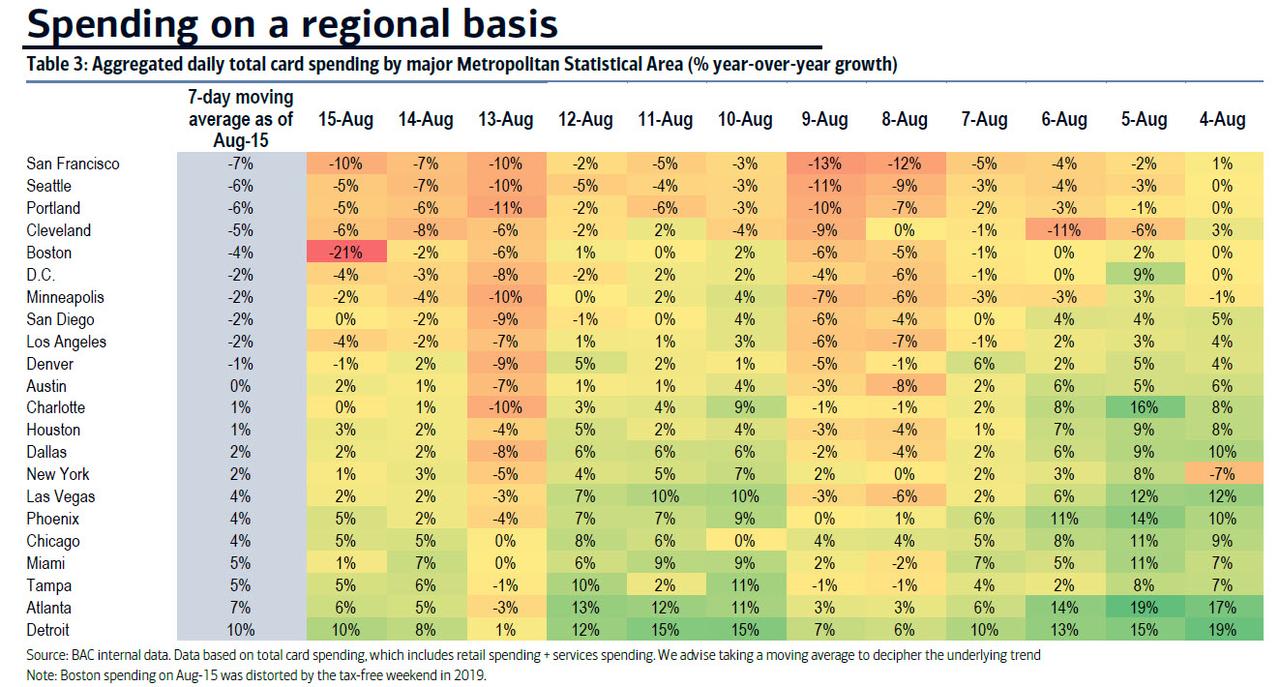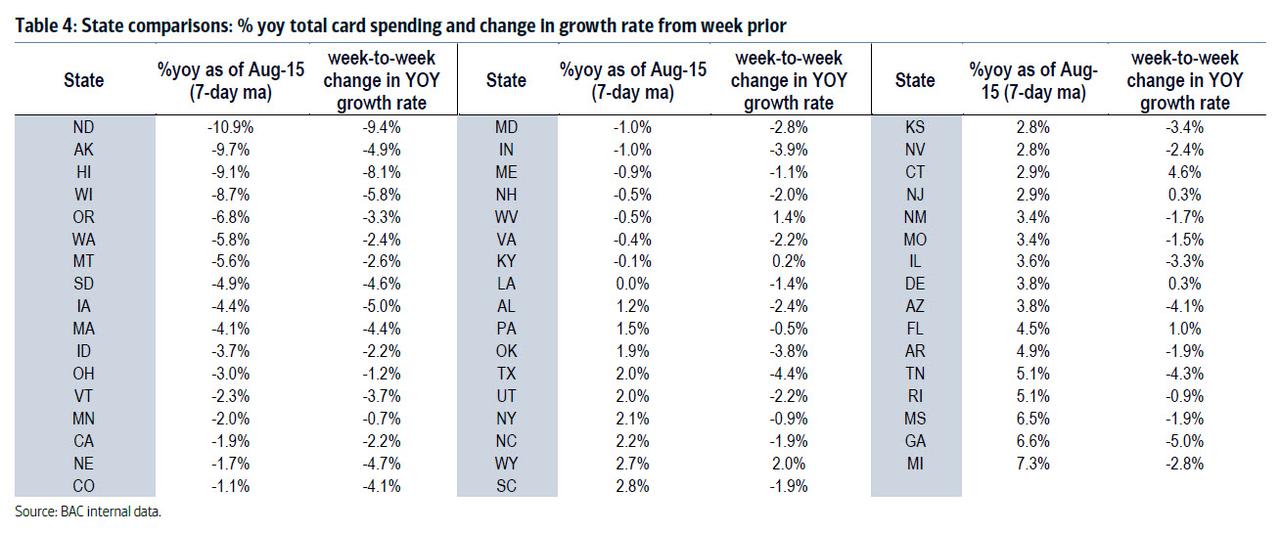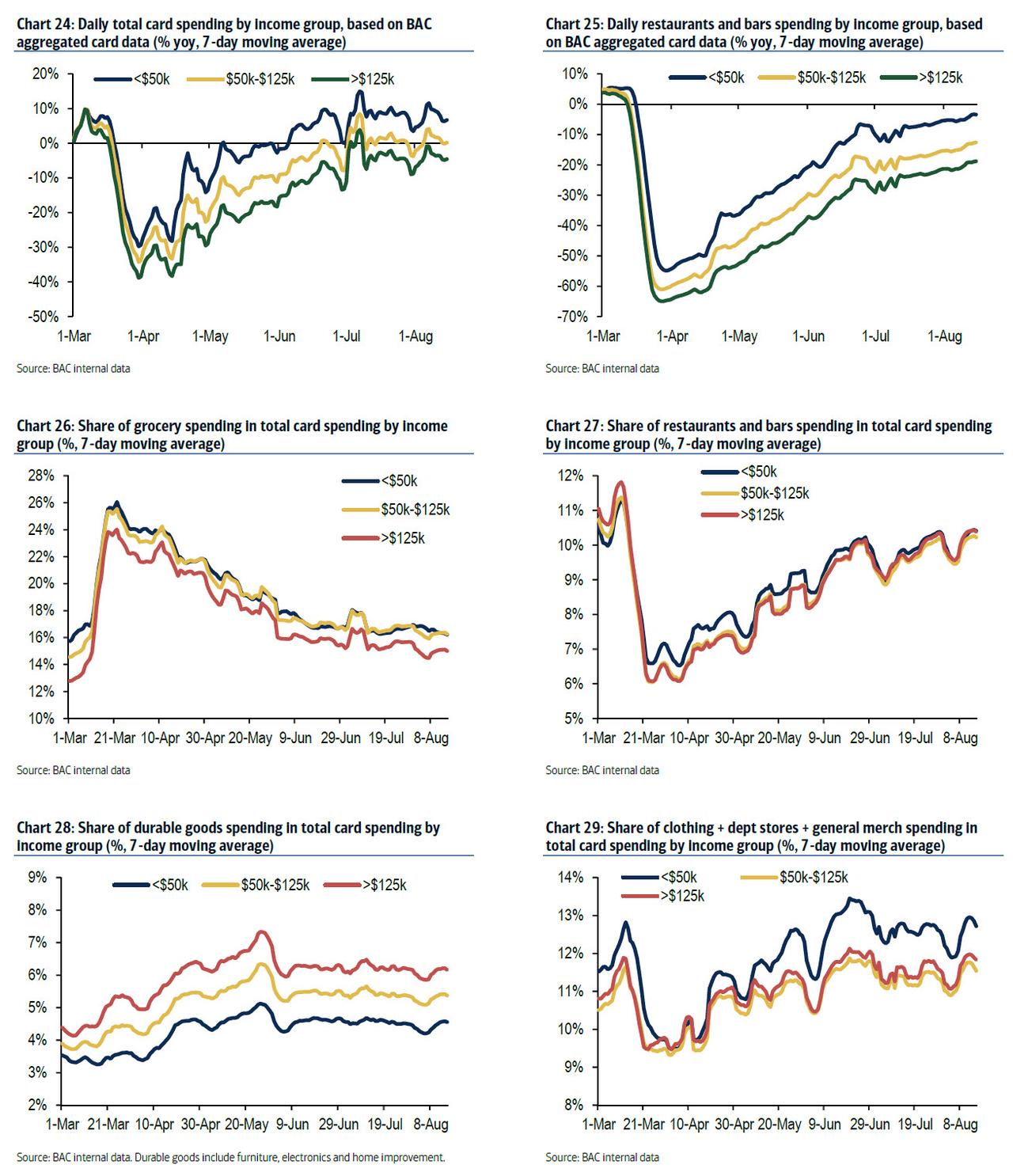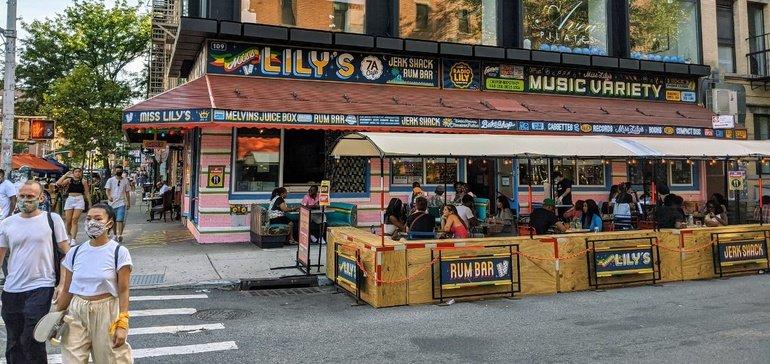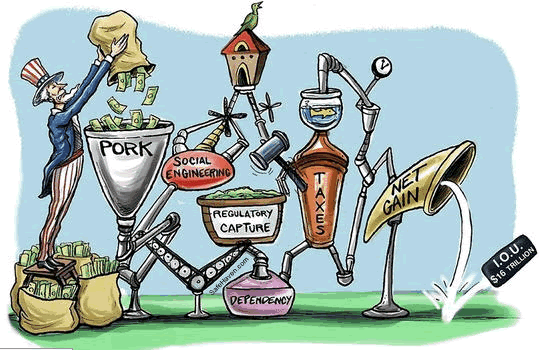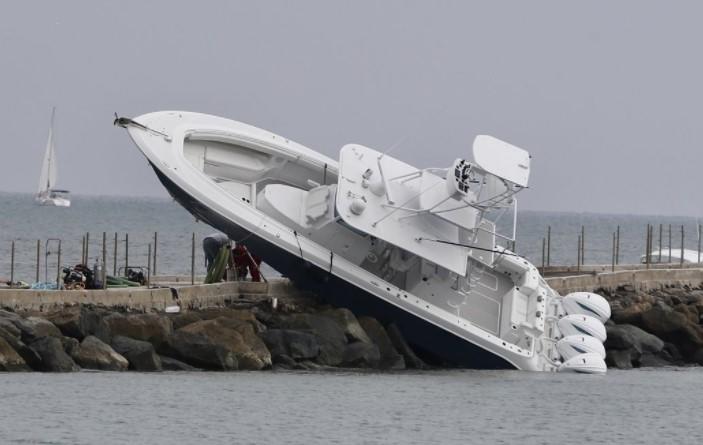Slammed NYC Movers Turning Away Business As Residents Flee City
Tyler Durden
Sat, 08/22/2020 – 17:05
Between an economy-wrecking pandemic and a blistering crime wave driven by race riots and a disbanded anti-crime unit, New York City residents are switching to Pace Picante and fleeing the metropolis in droves.
That, of course, is nothing new if you’re been following along. But if you need yet another data point, NYC moving companies are so busy they’re having to turn down business, according to DNYUZ.
While the moving industry is fractured among numerous small business owners, and official statistics are tough to come by, one thing is clear: From professionals who are downsizing following a job loss, to students moving back in with their parents, to families fleeing the city for the suburbs, New Yorkers are changing their addresses in droves.
According to FlatRate Moving, the number of moves it has done has increased more than 46 percent between March 15 and August 15, compared with the same period last year. The number of those moving outside of New York City is up 50 percent — including a nearly 232 percent increase to Dutchess County and 116 percent increase to Ulster County in the Hudson Valley. –DNYUZ
“It felt like move-out day on a college campus,” said former NYC resident, Bobby DelGreco, who moved out of his apartment of nine years in Stuyvesant Town, located in East Manhattan. DelGreco is now living in a long-term Airbnb in Los Angeles, so we assume he’ll be moving again shortly.
“All the doors were propped open, and there were moving trucks and furniture everywhere,” he added.
Matt Jahn, owner of Brooklyn-based Metropolis Moving, told DNYUZ that he’s been flooded with so many customers that he’s had to reject new business. “We are turning people away because we just don’t have the capacity,” he said, adding “Normally, in a given summer, we spend a bunch on advertising. But we cut it this year because we couldn’t afford it. And we have still had amazing demand.”
Moving trucks everywhere in our #Manhattan neighborhoods. Let’s work together to bring our borough back. Stay tuned. #NYC #2021 pic.twitter.com/kREnR1eFap
— Elizabeth Caputo (@elizabethcaputo) June 26, 2020
That said, things were looking dicey in March, as the COVID-19 lockdown meant a sharp dropoff in business for moving companies. “Right in the beginning, we weren’t sure if we were allowed to work, and a lot of businesses were in limbo,” according to Daniel Norber, owner of West Village-based Imperial Movers. “Everyone was wondering if they should close shop.”
Then, Gov. Andrew Cuomo announced that moving companies were considered an essential service, and the phones began to blow up.
“Within 30 minutes of the announcement I got a flood of calls,” said Jahn of Metropolis Moving, who added that things haven’t slowed down since.
“The first day we could move, we left,” said Jaime Welsh-Rajchel. In mid-March, Dr. Welsh-Rajchel, a dentist, and her young son, Henry, took refuge from the city with family in Pennsylvania, while her husband, Todd Rajchel, a dental anesthesiologist at Wyckoff Heights Medical Center in Bushwick, stayed behind to spend the height of the pandemic intubating Covid patients.
Dr. Rajchel has since accepted a position at the School of Dentistry at Creighton University in Omaha, and his wife, Dr. Welsh-Rajchel, returned to Brooklyn just long enough to help move their items. “Todd was saying we need a five-year period to decompress from this experience before we can come back to New York for a visit,” she said. –DNYUZ
Compounding issues for moving companies is a industrywide labor shortage while movers get sick.
“Everyone wanted to flee New York because it was the epicenter, but at the same time, our movers started getting sick,” said Norber of Imperial Movers, who added that the company lost a dozen workers who were either too ill or too afraid to show up. He has been using company vans to pick up movers instead of letting them take public transportation. Norber says he’s operating at around 40% capacity.
“We didn’t know what the summer would bring, so we didn’t ramp up hiring as quickly,” said FlatRate Moving CEO David L. Giampietro, who added that after it became obvious demnad was spiking, “all the moving companies were competing for workers.”
Read the rest of the report here.
via ZeroHedge News https://ift.tt/2YnLMhC Tyler Durden
